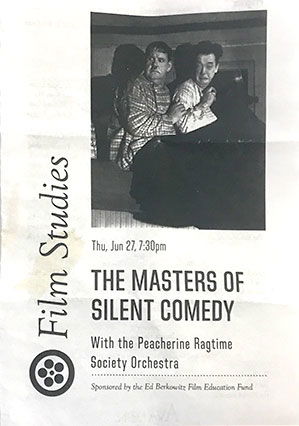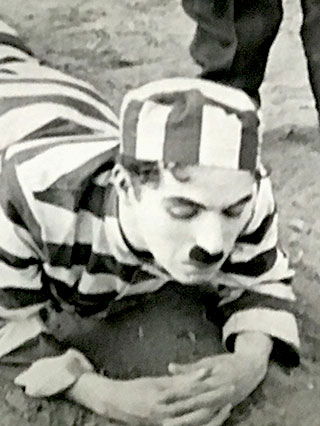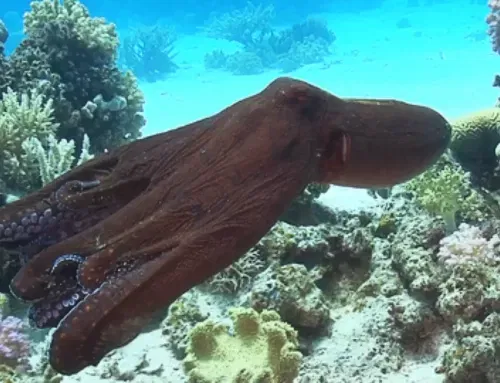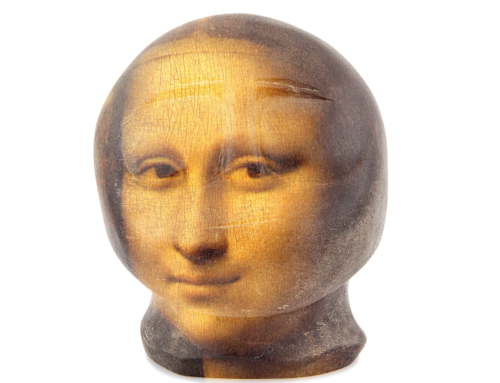An enthusiastic audience of old-timers (like Lona and me!) as well as younger folks filled the theater, creating a pulse I haven’t felt in a long time. The clapping was loud, with many holding their hands high above their heads emphasizing their appreciation. I laughed out loud often, especially during the Laurel and Hardy movie. I can think of no greater comedy team in the history of movies than these two geniuses. The timing alone spoke for their skillful interaction and ability to project humor; they were two complementary personalities creating one creative individual. The astounding ability of all these brilliant actors more than substituted for the bombastic scenes of the popular blockbusters of current movies. Sharp movements and facial expressions of these early movie actors projected feelings couched in slapstick. For example, when Charlie Chaplin was being chased by the police while he was courting a young lady in The Adventurer, I felt genuinely sad when she turned away from him after discovering he was an escaped convict. Chaplin projected his feeling of being crushed showing only small changes in body motion in a few movie frames lasting seconds.
These masters were actors, yes, but also acrobats, and artists, reminding me that the beginning stages of new endeavors are far from being primitive.
In addition to bringing back memories with a snapshot of the past, I was struck with what a different world existed even in my own childhood in the 1940s and 50s, when Laurel and Hardy were often shown in movies and television. It seems that the focus used to be more on individuals and common experiences – the here and now – than on the three e’s, as I call them, of today: Extravagances and Explosions Everywhere. Even the rhythmic ragtime music, which synchronized imaginatively with the action in the movie, was appealing and not screaming with today’s discordant decibels, often seeming, at least to me, like noise invasion.
Watching these movies and listening to the ragtime accompaniment of the Scott Joplin era made me think of my father in Russia circa 1910 playing the cello in the orchestra pits of silent movies as a young boy not even 10 years old. His father – my grandfather – had left home for some months to improve as an amateur violinist, leaving my father, already a gifted cellist, to support his mother and three siblings. Thus, I felt a personal connection between last night’s replay of history of silent movies accompanied cleverly by music.
Being dipped into history for one short evening brought sharp relief of the stark differences between the past and present worlds. I wondered how I would react to these old silent movies and dated music if the extensive changes I have lived through in the world hadn’t occurred? What appears old fashioned now because our views have evolved with technology and myriad other changes can be easily misjudged as simplistic today, which it isn’t. In the uncertain future, our views and standards of today will no doubt appear equally old fashioned.
Remembering the past, respecting it, recognizing how much it has to offer us today, may serve us well as we forge into the future.








Another great read on your blog,sirThank you.I could not agree more and I was born in 1963..Just recently I read your father’s autobiography and it is likewise such an important historic document.So much old knowledge and wisdom is under strain these days ,in politics as in culture,and maybe the former follows the latter.All we can do is use new technology to save and share the richness that was passed on by our forefathers.best wishes, Jan De Wilde